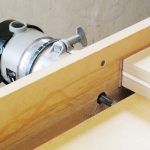We may receive a commission when you use our affiliate links. However, this does not impact our recommendations.

This tombstone shape is emphasized by the moulded edge that draws the eye.
Control the eye for better design.
Nice Lines. We say those words to describe a well-designed boat, sports car, chair or saw handle. It expresses our pleasure when all the parts of a design seem to flow together to give it a sense of motion and life. Finding that sweet spot with flowing lines is like catching lightning in a bottle. Lines are really just edges where two surfaces come together. Edges play a variety of roles in design. Understanding the potential of both elements can help you achieve your goals when designing furniture.
Lost in Space
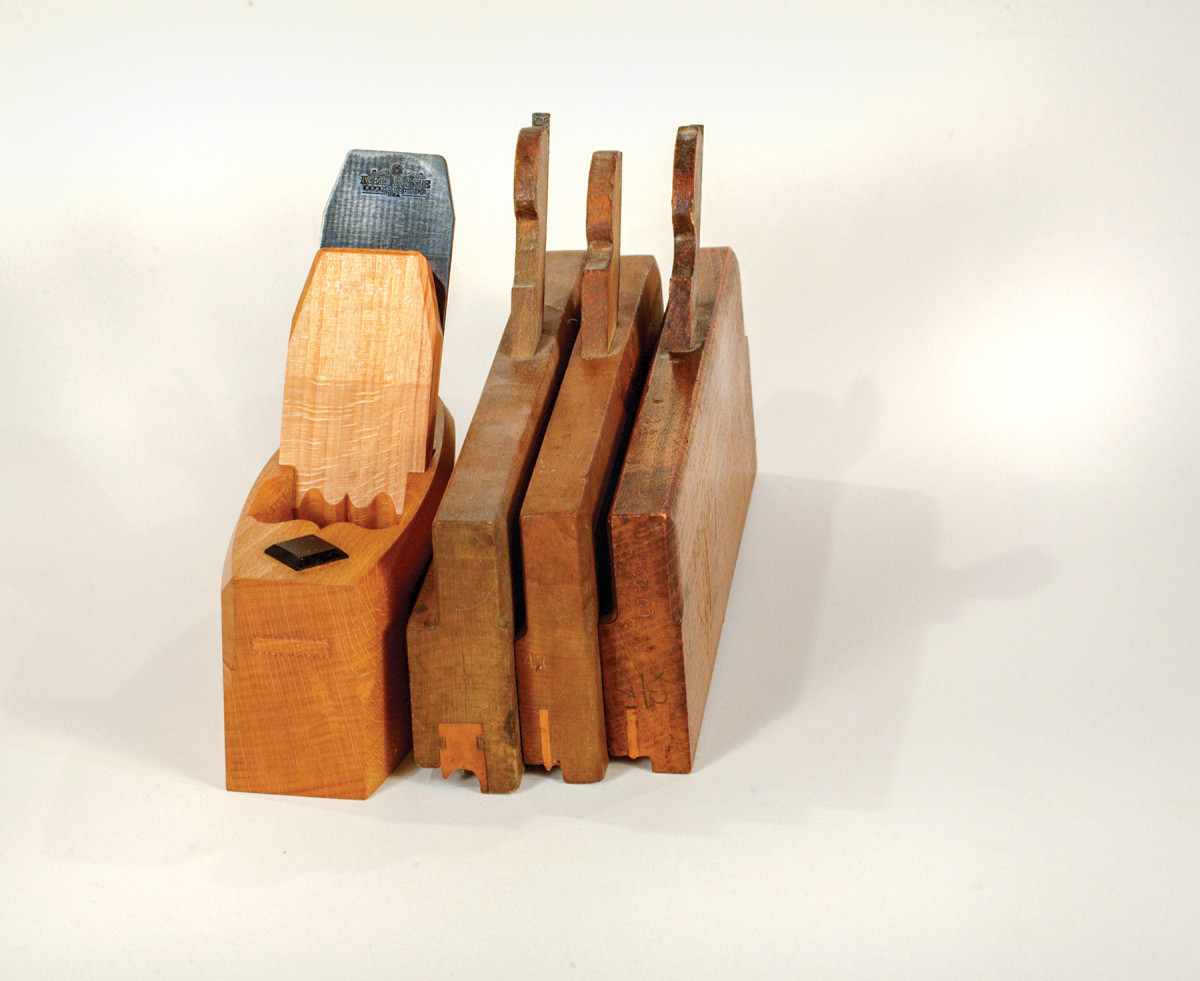
1. Look, Ma, no hands! These planes hang in space.
The photo of wooden hand planes above shows the role that lines play in design. Note that the backdrop in the photo gives the illusion that the tools are floating in an infinite space. It’s not magic, just a simple photographer’s technique. The background is a sheet of cardstock curled up behind the subject in the photo. The planes appear to be floating because the backdrop curves and has no distinct lines or edges that give our eye something to grab hold of and anchor to the planes in the foreground. This sense of floating in space is desirable in photography but in real life we tend to look for edges that help us orient our field of vision and make sense of the world.
A good example of this is how people respond to walls that are capped with crown moulding. They might not understand why but most prefer the look of crown moulding as apposed to a bare ceiling jutting into a bare wall. Mouldings use the patterns of light and shadow to exaggerate edges in any space; architectural mouldings help define the space in a room. They clearly define floors, walls and ceiling, and help us distinguish doors and window openings. It’s true that rafters, joists, floorboards and wall studs carry the invisible mechanical loads we cannot see in a room, and yet it’s the mouldings that do the visual work.
Edges Point the Way
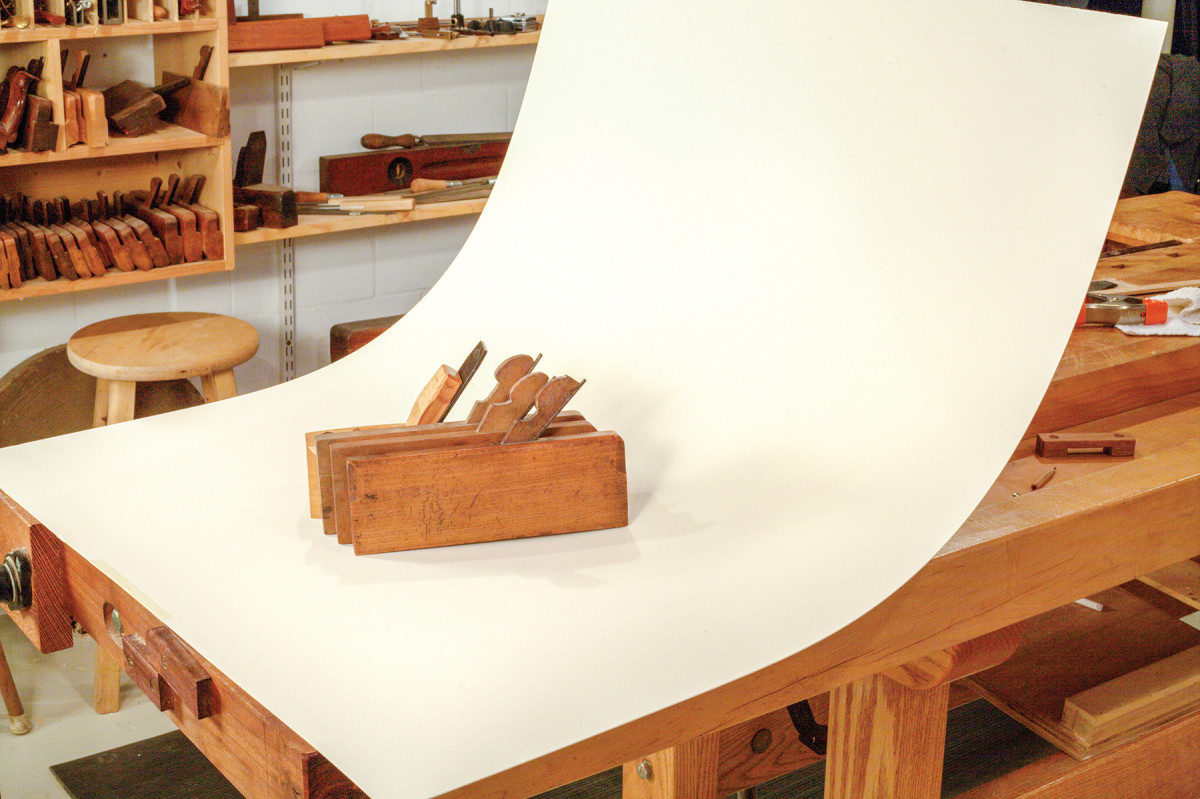
2. A trick of the eye, this background seems to stretch into infinity.
We can manipulate the character of edges to draw the eye to a focal point in a design just like artists do on a canvas. Artists use techniques with edges to pull your eye to the important elements in a composition. A sharp distinct edge or line will draw your eye to one area of a painting while a fuzzy or blurred edge doesn’t have the same power to pull your gaze. Frequently in paintings, objects in the background have blurred edges while the important focus has sharper edges. Artists use the term “lost edge” to describe intentionally toning down a line or blurring it on a secondary element so that it doesn’t compete with the primary focus in a painting.
Think Differently About Edges
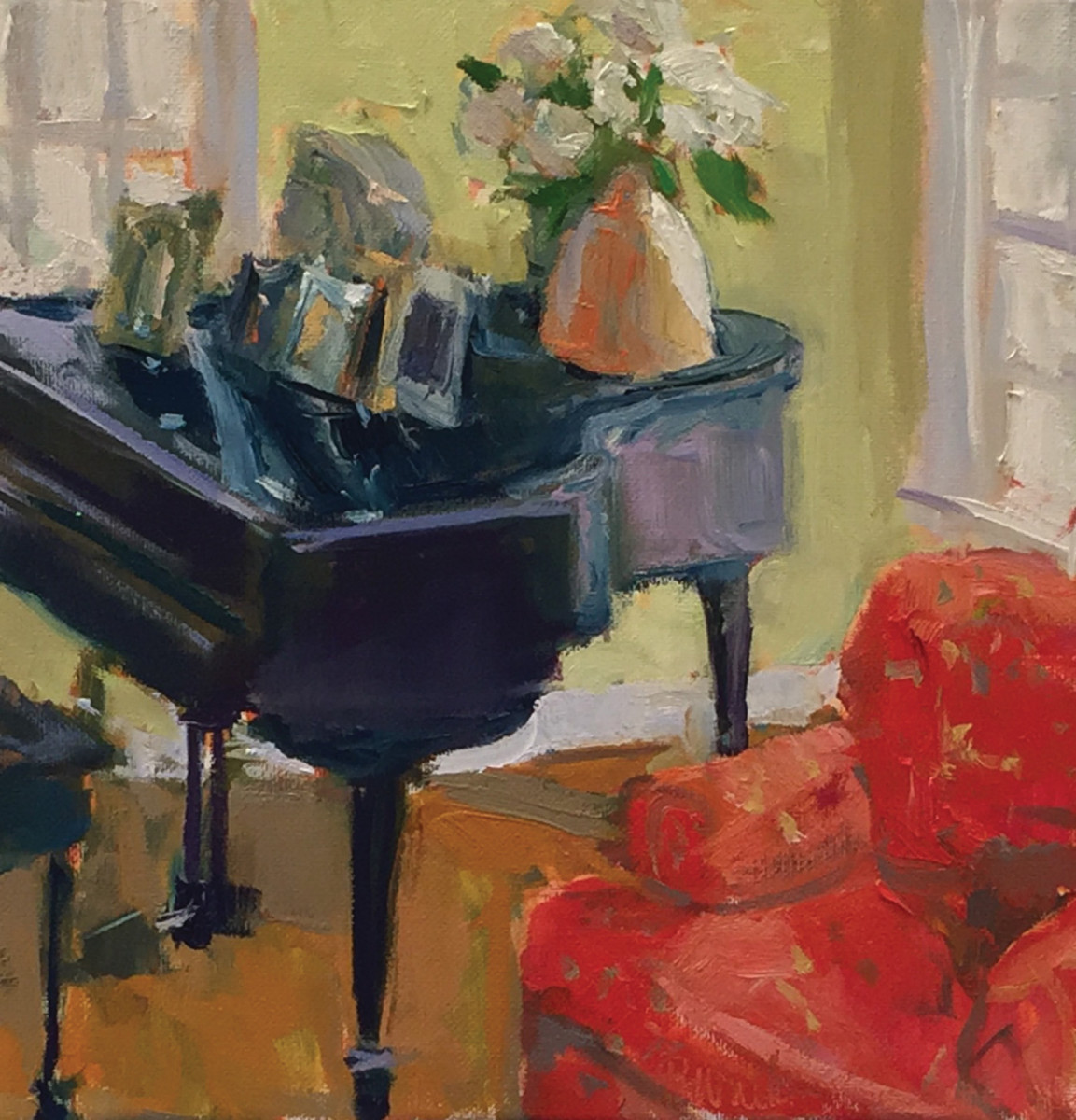
3. The edges of the vase and piano top grab our attention. Note the blurred edges on elements that aren’t the primary focus.
A painter can do some interesting tricks with lines and edges. How does this apply to furniture? It means that if you want to draw attention to some aspect of a design, say some graceful curves, you can do it with strong edges. Conversely if you want to downplay a part of a design you can use edges to help, too. A good example is in chair design. Frequently designers want chair legs to compliment the form but not take center stage. Visually there are several ways to create bolder edges or more subdued edges. I’ve already mentioned mouldings. They create bold, distinct edges by using light and shadow to accentuate borders. Just adding a simple bead to an edge will make it bolder. You can also create strong lines by using contrasting colors like contrasting veneers or inlayed stringing can create an eye-catching edge. Carvings, especially architectural patterns that border a space can create a powerful edge.
Tone Down the Edge
You can also dial back an edge. Some parts of a design play a supporting role, much like background singers. More subdued edges achieve that end. We can tone down an edge in several ways. A simple chamfer will visually soften an edge and at the same time give the impression of less mass. A rounded or turned profile also will tone down the effect of an edge as the border recedes into shadow.
Change Your Outlook
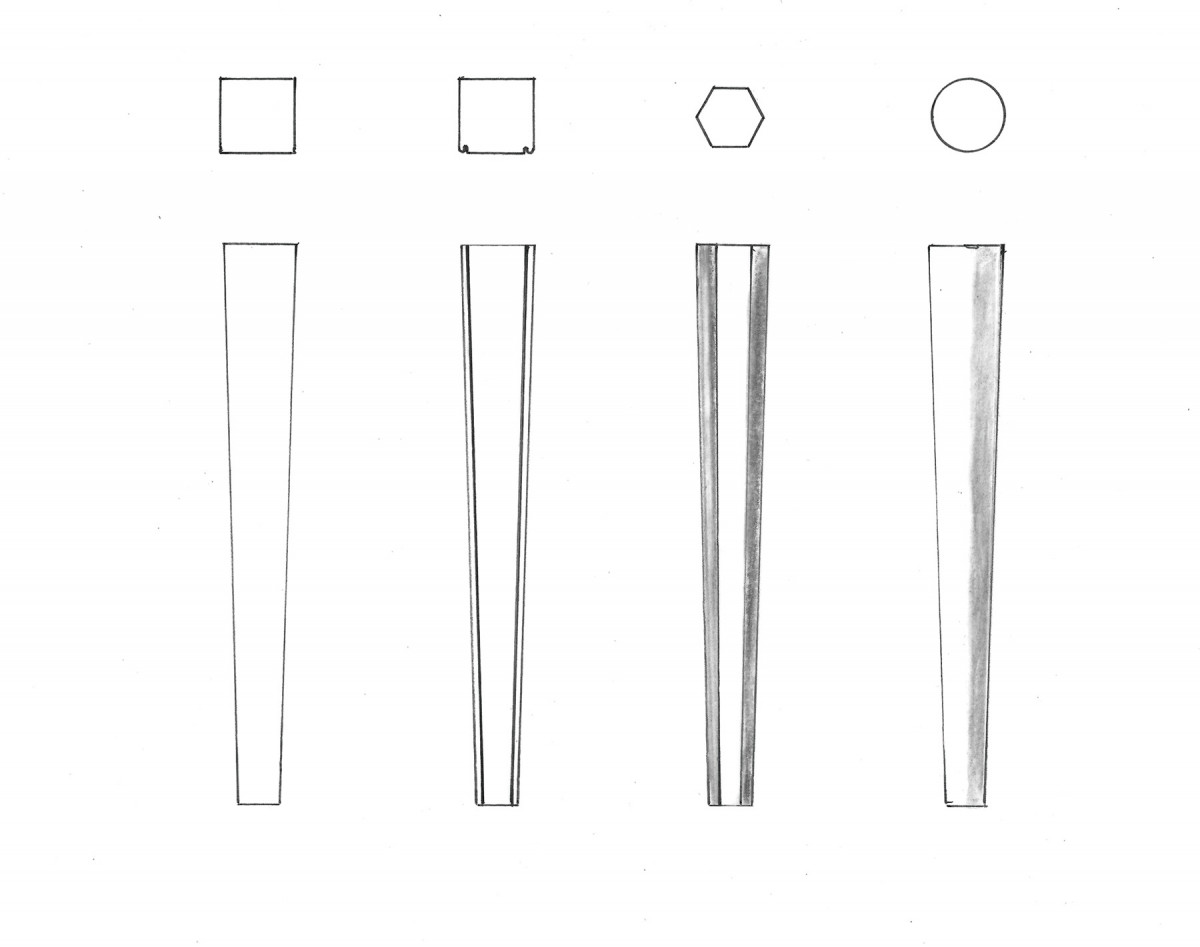
4. Flat, beaded, hexagon and turned: edges give each leg a different visual weight.
Take the time to observe closely how designers use edges to compliment a design. Pay special attention to how masterful work uses edge techniques to grab your attention. This exercise in slowing down and really seeing clearly may be the effort that takes your work to the next level.
Here are some supplies and tools we find essential in our everyday work around the shop. We may receive a commission from sales referred by our links; however, we have carefully selected these products for their usefulness and quality.









